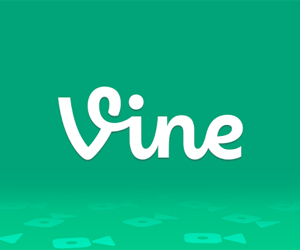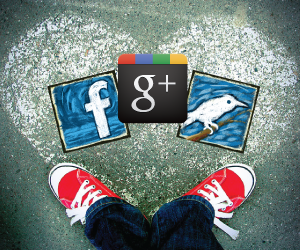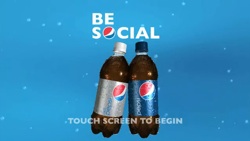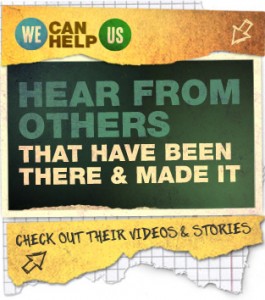
Why Instagram Isn’t a Vine Killer
Make no mistake about it. The launch of Instagram Video (wholly owned by Facebook) is a shot across, if not directly into, the bow of Vine’s ship (wholly owned by Twitter). Instagram’s already established community of 130MM members has given Instagram a major jumping off point for its video feature, which is built into the popular photo-sharing app.
But Vine isn’t dead, and Instagram will not be a Vine killer. In fact, I think Vine offers brands something unique enough that it can thrive alongside Instagram video.
More after the jump.
Editor's picks
- Casinos Not On Gamstop
- Best Non Gamstop Casinos UK
- Best Non Gamstop Casinos In The UK
- Casino Not On Gamstop
- Non Gamstop Casino Sites UK
- Slots Not On Gamstop
- Online Casino Canada
- Non Gamstop Casino UK
- カジノ オンライン
- Casino Not On Gamstop
- Casino Sites Not On Gamstop
- Casino Sites Not On Gamstop
- Sites Not On Gamstop
- Casinos Not On Gamstop
- Meilleur Casino En Ligne
- UK Online Casinos Not On Gamstop
- Online Casinos
- Non Gamstop Casinos
- Casino Not On Gamstop








